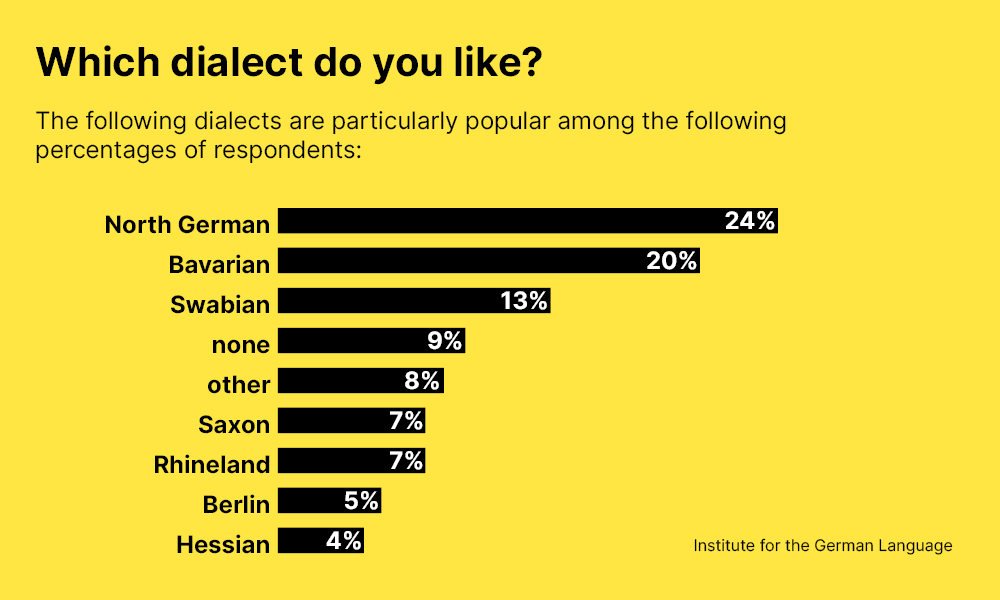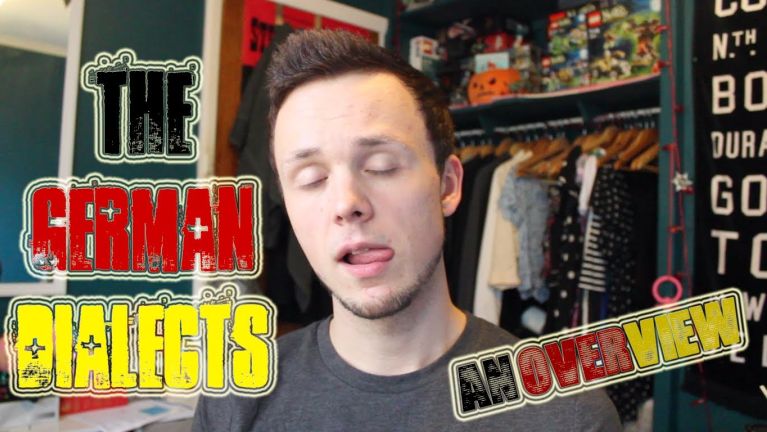Dialects: when Germans don’t even understand German
The country of Germany has one language, but it is one which is incredibly varied in different regional forms. An introduction.

If you travel around Germany, you’ll encounter the regional differences of the German language right from the first “Hallo!”. In Hamburg you’ll be greeted with “Moin!”, regardless of the time of day, even though it actually means “good morning”. In Bavaria, on the other hand, you will hear “grüß Gott!” or “servus” instead of the more formal “guten Tag” which you may meet elsewhere.

If you try to order a “Semmel” in a Berlin bakery, you’ll probably leave empty-handed. The name “Semmel” is almost only used in Bavaria to refer to baked good known in high German as a “Brötchen” (a “cob” in English). In Berlin and Brandenburg they’re called “Schrippe”, but you can also get a “Weckla”, “Rundstücke” and “Laablas”. Welcome to the world of German dialects!
Dialects of the German language are spoken from the North Sea to the Alps. They shape our regional identities and sound so different that even native speakers of German can find themselves totally flummoxed. So where did all this rich variety come from, and what is happening to German dialects today?
Dieses YouTube-Video kann in einem neuen Tab abgespielt werden
YouTube öffnenThird party content
We use YouTube to embed content that may collect data about your activity. Please review the details and accept the service to see this content.
Open consent formDialects: a distinctive linguistic system, each with its own history
A dialect is more than just a collection of regional expressions. It forms an independent linguistic system which has developed over many centuries, with its own rules, grammar, vocabulary and distinctive intonation. For hundreds of years, Germany was broken up into small, independent kingdoms, duchies and city states. The difficulty of long-distance travel meant that local dialects grew up in these small towns and cities, and they still shape people’s collective sense of identity today.
A form of standard German gradually emerged in the early modern period, although at first it was only as a written form of the language. “High German” is now largely standardised and has become the standard form used in education, the media and official business.
Dialects: still common in rural areas
In general terms, dialects are in decline, particularly in Germany’s major cities. In Länder such as Bavaria, Baden-Württemberg and Saxony, dialects can definitely be challenging for outsiders, But most locals can switch seamlessly between their dialect and High German.



